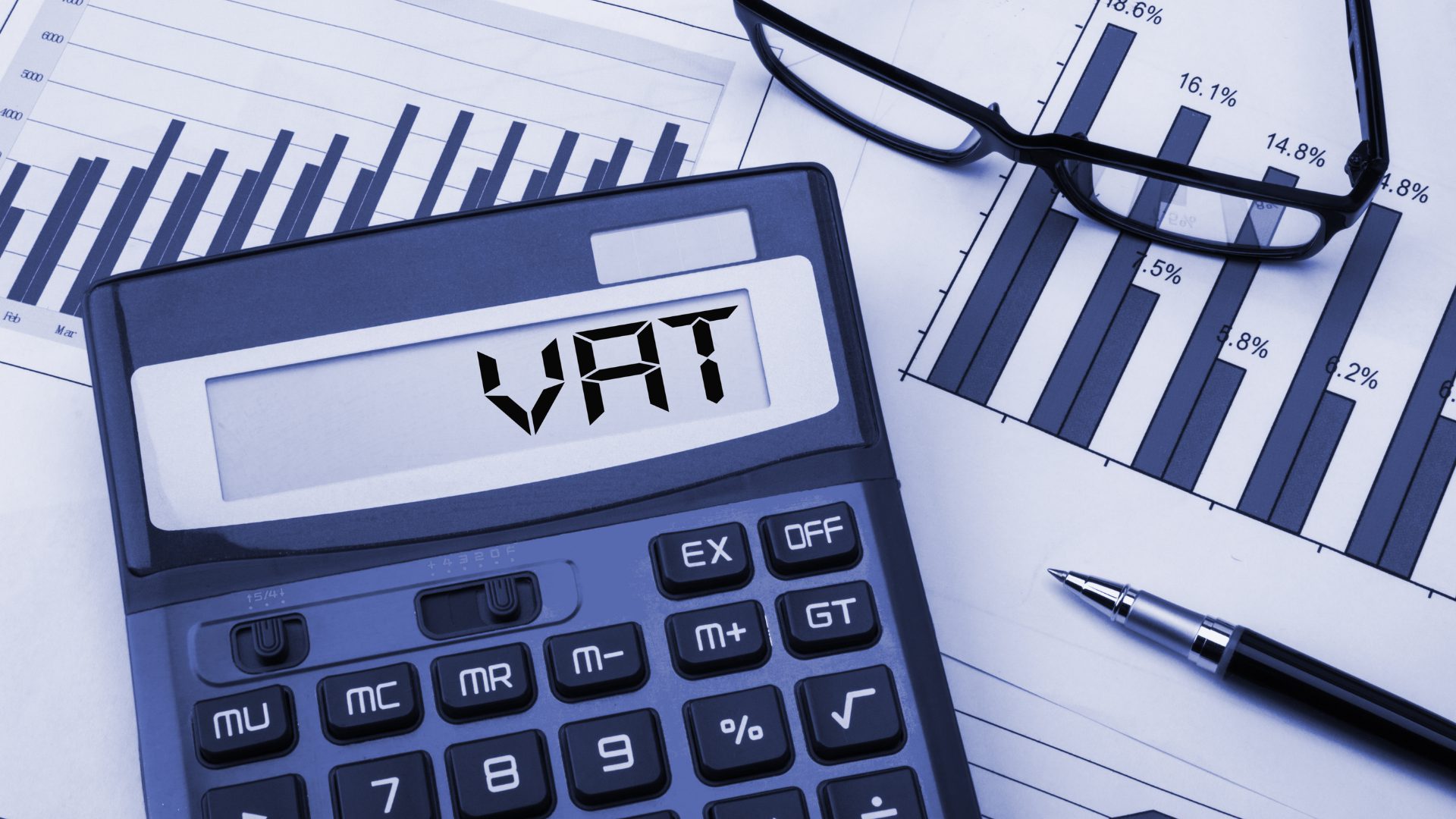Value Added Tax (VAT) as a form of tax, is an essential element of any financial transaction for UK-based businesses. It is vital for businesses registered for VAT to understand how to file their VAT returns. This comprehensive guide will help companies navigate the financial terrain with a clear understanding of the process for filing VAT returns.
What is VAT? And what does it mean to you?
Value Added Tax (VAT) is an income tax that is set by the government whenever products or services are sold. When your business is VAT-registered, you will need to be able to account for the VAT that was imposed on your products or services. This means that you collect VAT from your customers, then remitting it to HMRC and then offering your customers an invoice or receipt that clearly identifies the VAT incorporated into the sale. Additionally, you will receive an invoice with VAT when you purchase a product. This will indicate the total amount of VAT that was included in the transaction. Maintaining precise record of these transactions is crucial for reclaiming VAT from HMRC.

What exactly is VAT?
One of the fundamental obligations for companies registered for VAT is filing regular VAT returns with HMRC. A VAT return outlines the purchases and sales made by the company during a specified period. It’s basically a means to report on the amount of VAT that they collected from their clients and how much they paid on their purchases. This process occurs typically on an annual basis.
How do you file your VAT return The step-by-step procedure
1. Be aware of Your VAT period: It’s important to know your VAT period prior to completing the filing process. In the UK many businesses file quarterly VAT returns. Be sure to know the dates for your VAT timeframe.
2. Collect Purchase and Sales Information Collect all pertinent details about your purchases and sales throughout the VAT period. Included are sales invoices that you send to clients, invoices of purchases received from suppliers, as well as other financial records.
3. Calculate Output Tax: Output tax is a form of VAT you’ve charged your customers on sales. Add up all the VAT that you charged on your sales to calculate the total tax you owe on your output.
4. Determine the Input Tax: The input tax is the amount you’ve paid on your purchases. Calculate the amount of input tax by adding together the VAT that you paid on all of your purchases throughout the VAT period.
5. The VAT Return Form: Complete the HMRC VAT return form using the information you’ve gathered. This form typically includes sections on your total sales, total purchases output tax, as well as input tax.
6. Send the VAT Return to HMRC Once the form has been completed accurately, submit it to HMRC by the specified deadline. The submission is possible via the web using the HMRC’s Making Tax Digital (MTD) service, providing a convenient and efficient method of completing your VAT obligations.
Common Mistakes to Avoid
If you are late in filing your VAT return, penalties could apply. Your business may face financial consequences when you file your return late.
Incorrect information: Verify all of the details on your VAT returns to ensure that they are accurate. Mistakes in calculations or inputting wrong figures can lead to errors and problems with HMRC.
Inability to claim input tax Entitled: Businesses can be eligible to claim VAT on purchases. Be aware of the taxes you can claim back. This could have a major impact on the VAT you owe.
The end of the article is:
Understanding the complexities of VAT returns is a crucial aspect of managing financials for businesses in the UK. Understanding how to submit a VAT return, the complexities of VAT returns, as well as using a complete VAT return guide are essential for ensuring compliance with financial regulations and making sure that your business runs smoothly. your company.
Businesses must approach VAT returns carefully and with precision. Learning the procedure while avoiding blunders and making the most of the resources available can aid businesses in reducing their VAT obligations. This will contribute to financial stability and compliance with the regulations. Whatever your situation, whether you’re a veteran business owner or a newcomer to the VAT world, being proactive and informed about VAT returns will ensure solid financial security for your company.
